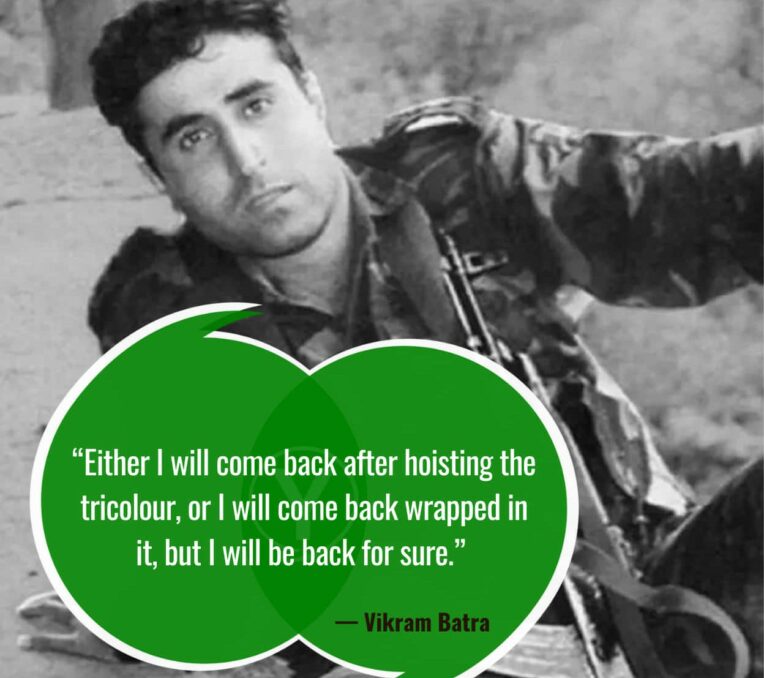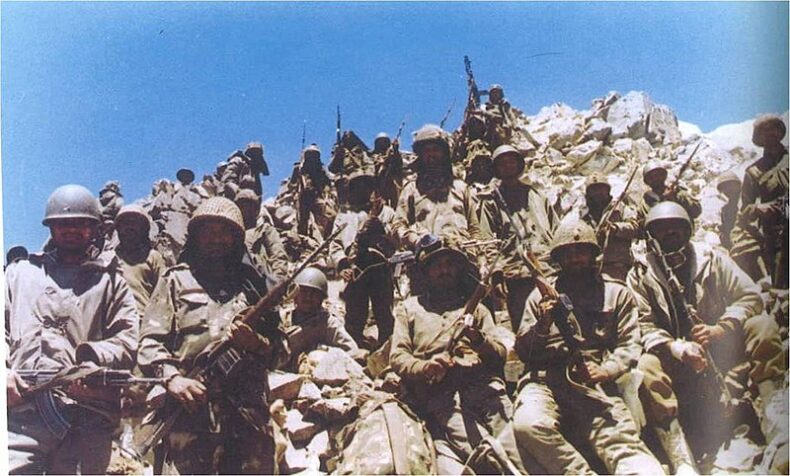Today marks the 24th Anniversary of the conclusion of the Kargil War
Today, the 26th of July is celebrated every year as Kargil Diwas to pay tribute to the valor exhibited by our brave Indian soldiers who fought for this country during the Kargil War in 1999. This year, we are celebrating the 24th anniversary of Kargil Vijay Diwas.
Table of Contents
How is Kargil Diwas celebrated?
The Prime Minister of India pays tribute to the martyrs at the historical Amar Jawan Jyoti. The Indian Army has also built a memorial to honour its soldiers in Dras on the foothills of the Tololing Hill. The names of the martyrs as well as a poem called ‘Pushp Kii Abhilasha’ is inscribed on its walls.
The rough translation of the poem reads as follows:
Wish of the Flower
I don’t desire to adorn a maiden’s ornaments,
I don’t desire to be an attractive gift to a lover,
I don’t desire to be on the death bed of great kings,
I don’t desire to be on idols of gods,
I’d rather be plucked and spread on the path,
On which march the brave to give their lives for their motherland!
How did the Kargil War take place?
The horrific war was fought between May to July of 1999 along the Line of Control (LoC) in the Kargil district of Jammu and Kashmir (as we can deduct from the name itself). The Pakistan army took advantage of a mutual understanding where the post would be left unguarded in winter and took command of the high outposts of India by making use of the melting snow.
The Pakistani government claimed that the people involved were Kashmiri rebels in spite of several evidences like ID cards, ammunition and rations points otherwise. This brutal war lasted for more than 60 days and plenty of bureaucratic happened, bringing an end to the war on 26 July of 1999 and the Indian Army successfully recaptured the iconic ‘Tiger Hill’ under the ‘Operation Vijay’
It is interesting to note that the war took place at extremely high altitudes at about 18000 feet. This presented the Indian Army with unique challenges. The Indian Airforce was also involved, conducting several successful airstrikes to dismember Pakistani strongholds. The war also saw the use of heavy artillery, including howitzers and rocket launchers.
In spite of the Pakistani soldiers capturing several strategic points, in the second phase of the war, India successfully occupied strategic transportation routes and identified the points of weakness and invasion in the occupied region with the help of local shepherds of Kargil. The Indian army concluded the war in the last week of July with the help of the Indian Air Force as the final nail in the coffin, dealing a hard blow to the Pakistani Army.
Martyrs of War
It is a sad remainder that 527 soldiers sacrificed their dear lives for our country during this war. Captain Vikram Batra was awarded the Param Vir Chakra, India’s highest gallantry honour, to respect his bravery during the war. It is also noteworthy that the Pakistani Government signed the Lahore Declaration in February 1999 to improve the relations between India and Pakistan but the War undermined this pact.

India returned the captured Pakistani soldiers in a humanitarian gesture after the war had concluded
What was the Aftermath of the Kargil War?
The war had an everlasting impact on both India and Pakistan. Pakistan understood the strength of India and its ability to defend its territories. Since then, both the countries began making efforts to reduce tensions in the LoC and engaged in peace talks.













